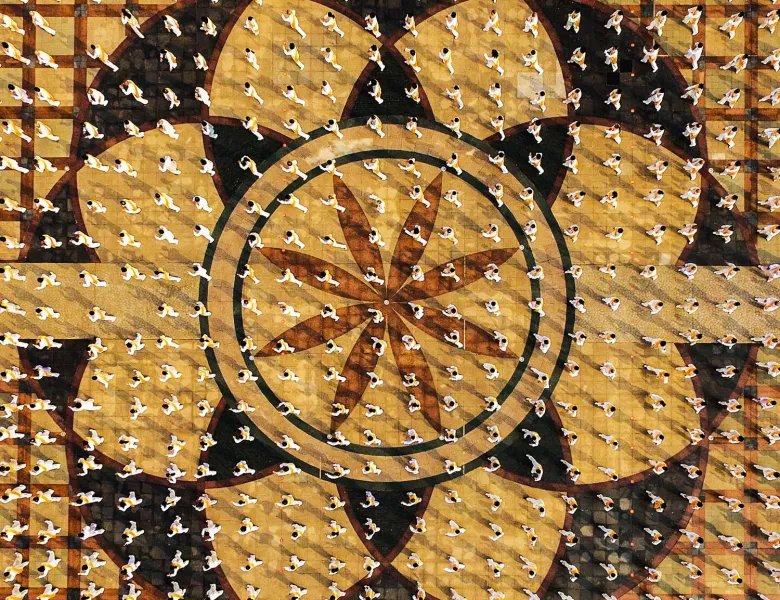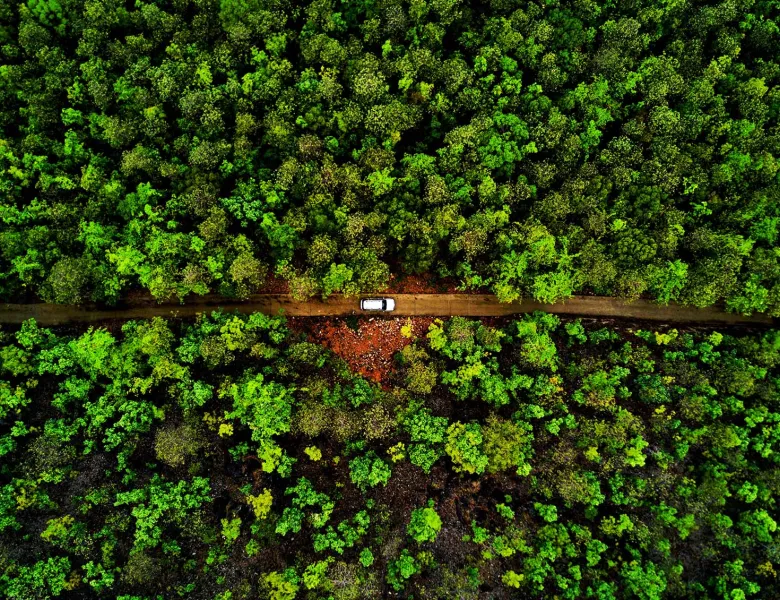Home Fronts, Jamel Shabazz - THE FENCE
This blog is part of a series of exclusive interviews with the winners of United Photo Industries’ (UPI) pioneering Brooklyn-based public photography installation THE FENCE.
---
Jamel Shabazz was born in Brooklyn, New York. He is a documentary and fashion photographer who has been photographing for over forty years. During the course of his career, he has produced six monographs of his work and has collaborated on a number of others.
Hi Jamel. Please tell us abit about what inspired this project?
Like many of my photography projects, which are all broken down into individual themes and spanning over 35 years, I've always had a fondness for making environmental portraits, both locally and throughout my travels within the United States and abroad. This was the product of the inspiration I drew from the great Harlem Renaissance photographer James Van Der Zee, who was known for photographing people in his famous studio and also on the streets of Harlem; often using the subjects place of residence or affiliation as a background to add further meaning to the image. So as a result, photographing a person or persons in front of their homes always served as the ideal backdrop, for as well.
The title for this series, 'Home Fronts', came from a popular term often associated with war, focusing mainly on people or activities who are away from the war zone. In looking at the entire series, I knew that "Home Fronts" would serve as the very best title for this particular body of work and when the call out came for submissions for the annual Fence contest, there was no doubt in my mind that I would be submitting this body of work.
Do you spend long with the people in the images prior to taking the image or does the image come first?
Every situation is uniquely different. Basically back in the mid 1970s and 80s, I found myself spending a lot of time with my subjects in an effort to get to know them. On average, I would stay with each person an average of 5 - 10 minutes: explaining my intention, sharing work that I always had with me, and building trust before making the image. That was a standard practice I incorporated whenever feasible. In today's world, the situation is very different in that, I find quite a number of people will allow me to take their photo, but they don't have a lot of time for conversation, because they are more consumed with activity centered on their cell phone devices.
This is part of a much bigger project for you, do you see there ever being an end point?
At this moment in time, there is no end point. As long as I have life and the ability to create, I feel a sense of duty to use my gift of vision to record and preserve history. I have been very fortunate over the years to produce a substantial body of work reflective of so many diverse and insightful themes. If the opportunity presents itself, I feel confident that I could put out about 10 or more books in my lifetime.
You’re currently working on a new book titled ‘The Book of Life’. Can you give us an indication of what’s in the book?
A few years back, I thought of doing a book entitled 'The Book of Life', but decided to put it on hold until I traveled to more regions of the world, so that the book could be more inclusive. I am currently working on a new book titled 'The East Flatbush Diaries: Photos from 1975 - 1985'. The East Flatbush section of Brooklyn, NY is probably one of the most photographed communities I have ever documented, since first picking up the camera. Many of my iconic retro 1980s photographs come from a mix of people of that African American and Caribbean American community; bringing together two unique cultures, identifiable in many cases by ones outer appearance. In gathering up photographs for this book, I uncovered so many never published images representing various aspects of both the community and its diverse people. Within the pages of this new work, you will find various fashion styles, photographs of local businesses and merchants, and a number of photographs made with a wide angle lens showcasing the busy streets and its diverse people. Unlike my previous books, I intend to include the writings from many of the people I photographed years ago. Thanks to Facebook and other forms of social media, I have been able to reconnect with countless people of the East Flatbush area who I photographed; all providing me with a greater understanding of themselves and the overall environment. If all goes well, this book will drop next year.
What interests you about photographing people?
One of the things that interests me the most in regards to photographing people are their personal back stories. In my experience, practically everyone I have ever photographed and had time to converse with, had an interesting story to share.
Do you have a photographic philosophy?
I would have to mirror the philosophy of Confucius when he stated, "Everything has beauty, but not everyone sees it."
jamelshabazz.com
Twitter
Instagram
fence.photoville.com







